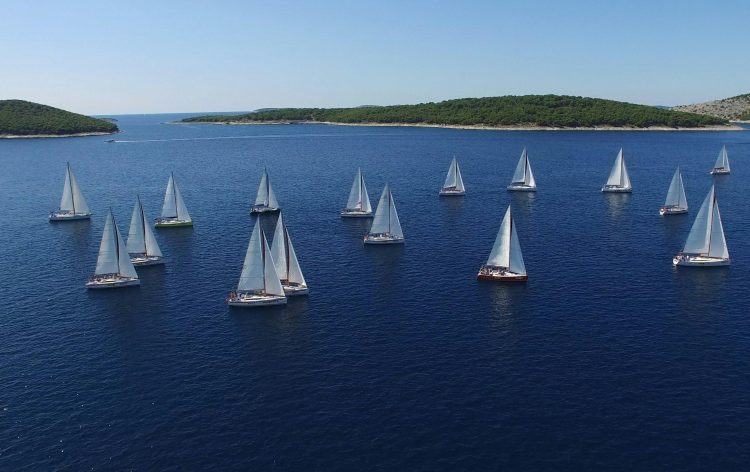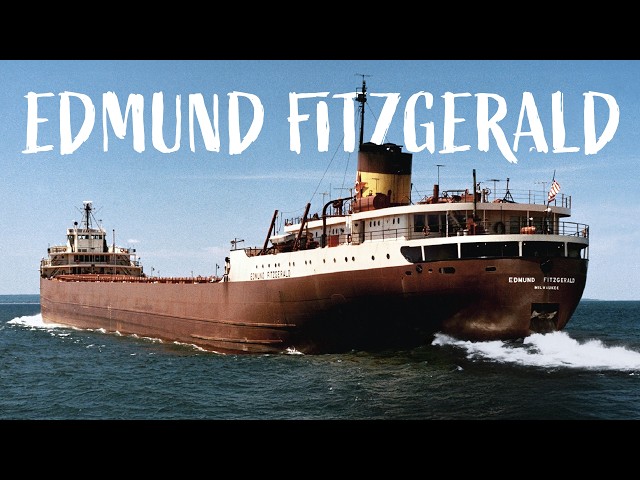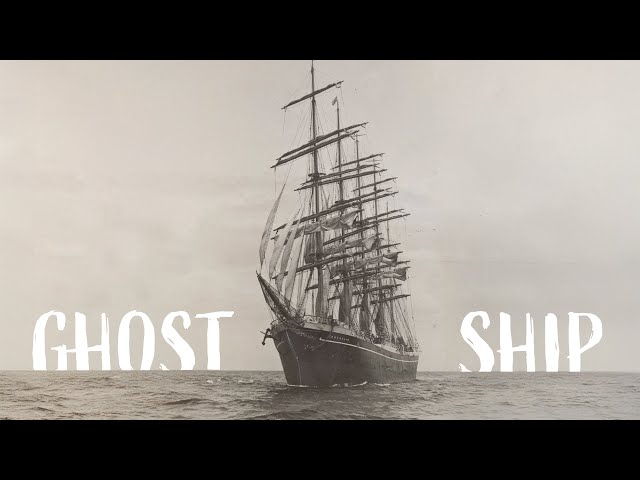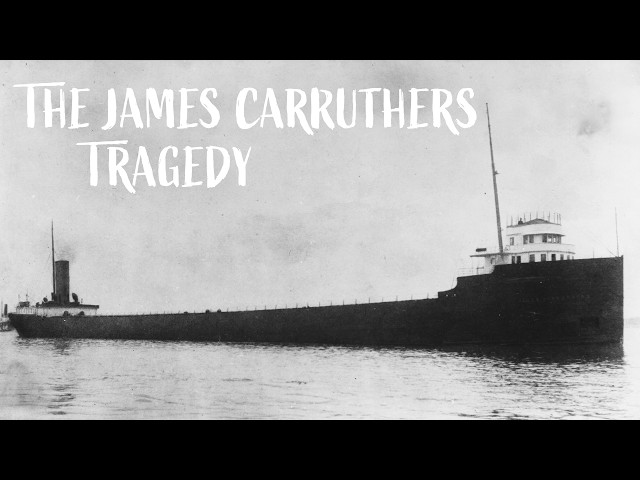Introduction
Civil sailing, also known as recreational sailing, has long been a popular activity for people around the world. Whether it’s sailing on a yacht or participating in a regatta, the thrill of being on the open water is unmatched. However, just like any other activity, sailing carries its own risks and dangers. Over the years, there have been several significant incidents in the history of civil sailing that have resulted in tragedy and loss of life. In this article, we will explore the top three biggest civil sailing incidents in history.
1. The Fastnet Race Disaster (1979)
One of the most well-known and tragic incidents in the history of civil sailing is the Fastnet Race Disaster of 1979. The Fastnet Race is a prestigious ocean sailing race that takes place every two years. In August 1979, a fleet of 303 yachts set sail from Cowes, England, on a challenging course that would take them around the Fastnet Rock off the southwestern coast of Ireland.
However, the fleet encountered severe weather conditions with gale-force winds and huge waves. Many yachts capsized or suffered significant damage, and several sailors were washed overboard. The rescue efforts were unprecedented, with the Royal Navy, Coastguard, and private vessels joining forces to save those in distress. Despite the heroic efforts, 15 sailors lost their lives during the disaster, and many others were injured.
2. The Sydney to Hobart Yacht Race (1998)
The Sydney to Hobart Yacht Race is one of the most grueling offshore races in the world. It covers a distance of 628 nautical miles from Sydney, Australia, to Hobart, Tasmania. In 1998, the race became the site of a tragic incident that shocked the sailing community.
During the race, the fleet was hit by a powerful storm with hurricane-force winds and huge waves. The conditions were so severe that five yachts sank, and 55 sailors had to be rescued from the water. Unfortunately, six sailors lost their lives in what became known as the deadliest race in the history of the event. The incident led to a thorough review of safety practices and weather forecasting in offshore sailing races.
3. The Costa Concordia Disaster (2012)
While not a traditional sailing incident, the Costa Concordia disaster had a significant impact on the sailing community. The Costa Concordia was a luxury cruise ship that ran aground off the coast of Italy in January 2012. The incident resulted in the death of 32 passengers and crew members.
The Costa Concordia disaster highlighted the importance of safety procedures and regulations in the cruise industry. It also led to increased scrutiny of the behavior and responsibilities of ship captains. The incident served as a wake-up call for the sailing community, emphasizing the need for stringent safety measures and effective emergency response protocols.
Conclusion
While civil sailing can be a thrilling and enjoyable experience, it is vital to remember the potential risks and dangers involved. The Fastnet Race Disaster, the Sydney to Hobart Yacht Race incident, and the Costa Concordia disaster serve as reminders of the importance of safety and preparedness in the sailing community. By learning from these incidents and implementing improved safety measures, we can strive to prevent future tragedies and ensure that sailing remains a safe and enjoyable activity for all.









